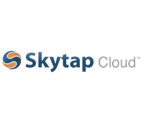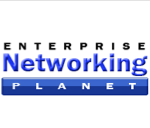Recent Surveys Show DevOps Use on the Rise, but Confusion Remains
I recently poured over F5’s “The State of Application Delivery in 2015” and InformationWeek’s “2015 App Dev Priorities Survey” that they presented with Dr. Dobb’s. The similarity of their titles, and even their release dates made me wonder how unique each of their findings would be, and I challenged myself to flush out any interesting










